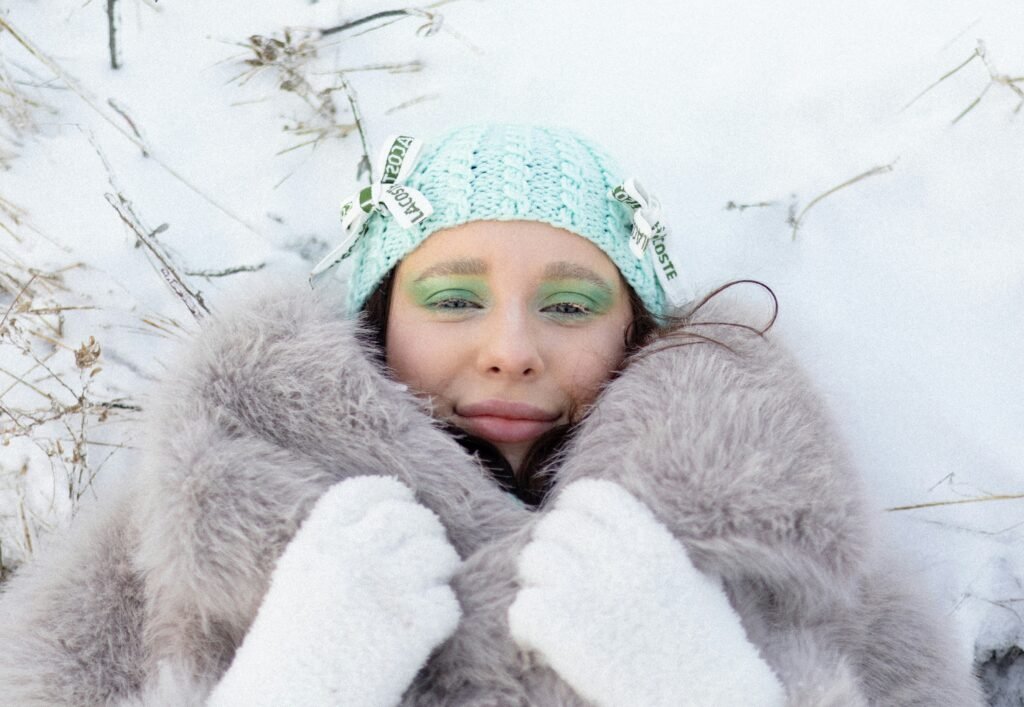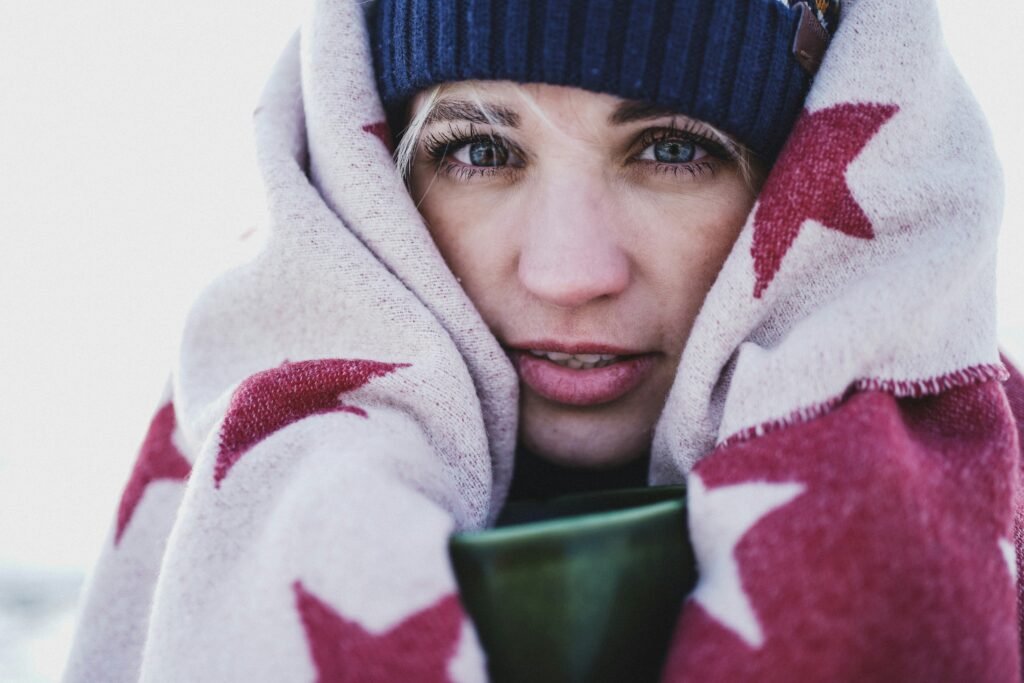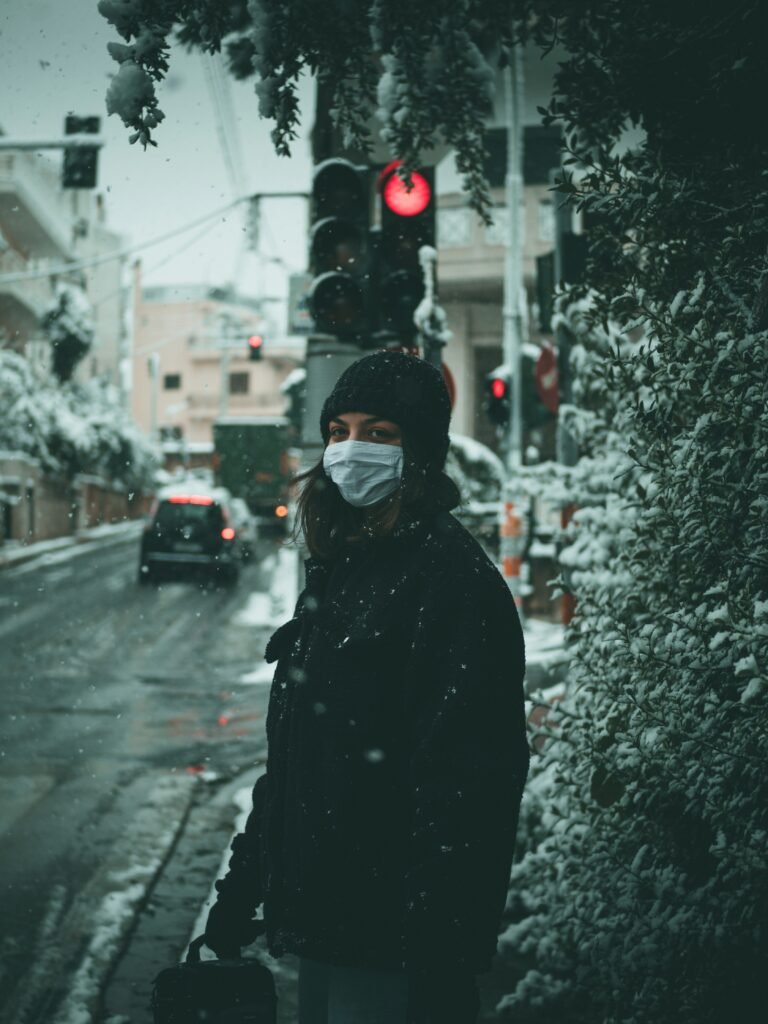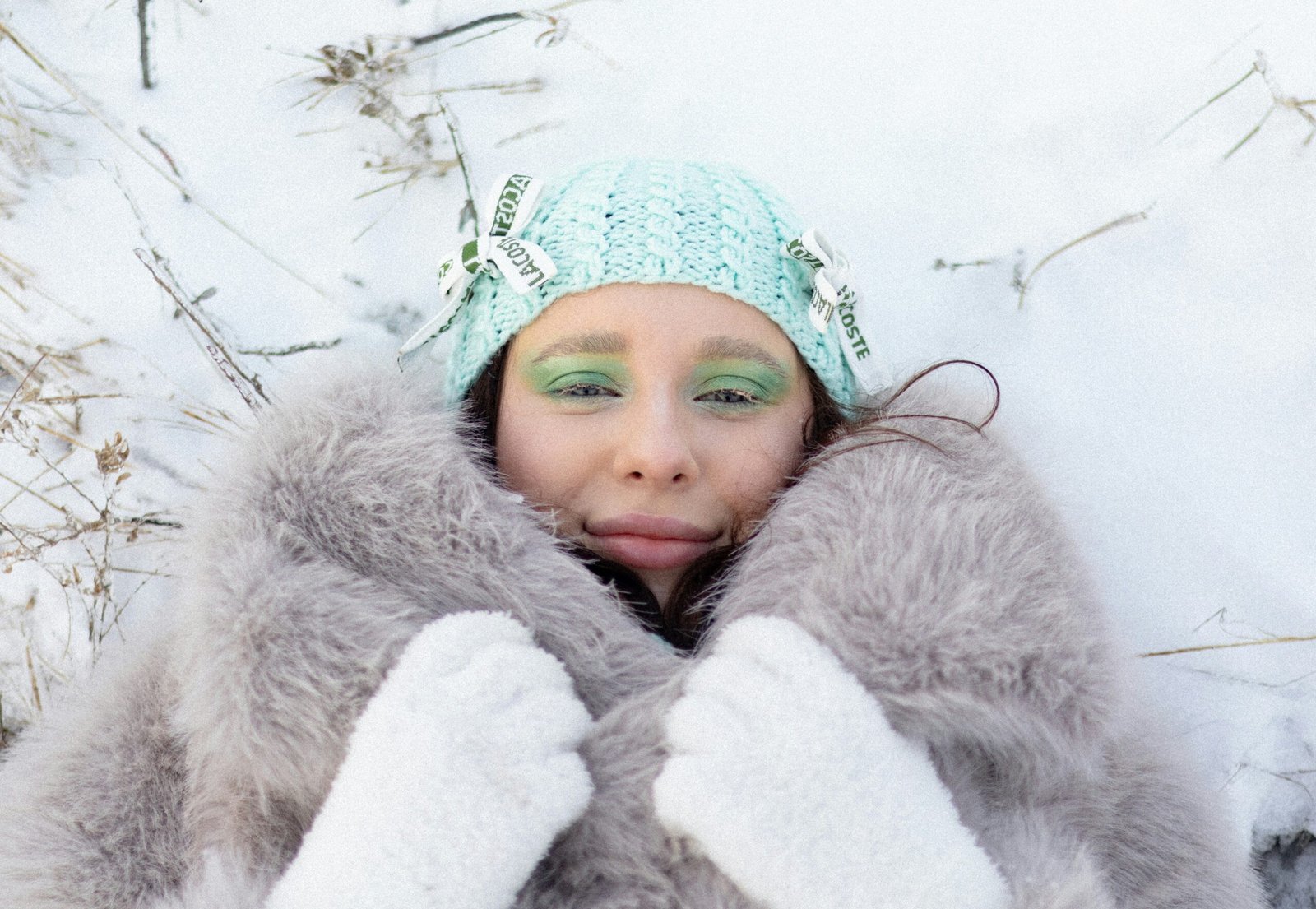Have you ever wondered what happens to your body and mind after a month of daily cold plunges? It’s interesting to think about how such a simple practice could potentially extend its influence beyond just a brisk shock to the system. Let’s take a closer look at the journey of cold plunge adaptation and what you might expect after 30 days.
The Basics of Cold Plunging
Cold plunging refers to immersing your body in cold water, typically at temperatures below 60°F (15°C). This practice has gained significant attention for its purported health benefits, from improved circulation to enhanced recovery times. But what happens when you commit to this practice regularly?
Initial Shock to Your System
The very first plunge might feel overwhelming. Your body is reacting to the sudden drop in temperature. It’s completely normal for your heart rate to spike and for your body to feel a rush of adrenaline. This initial shock triggers your fight-or-flight response, which can be both invigorating and alarming.
- Physical Responses: The cold causes your blood vessels to constrict and your heart rate to increase, which is a natural response as your body tries to maintain its core temperature.
- Mental Responses: You might experience a surge in mental clarity and alertness as a result of the adrenaline flooding your system.
The Adjustment Period
As you continue to immerse yourself in cold plunge sessions, your body starts to adapt to the shock. This adjustment period can vary from person to person, often taking about a week or two. Here’s what to look out for:
- Breath Control: Initially, you might find it hard to breathe due to the cold. Over time, you’ll learn to regulate your breath, allowing yourself to relax and enjoy the moment.
- Cold Tolerance: Your body will begin to adapt to lower temperatures. What once felt unbearable may soon become a refreshing ritual.
What You Can Expect After 30 Days
After a month of consistent cold plunging, a number of fascinating changes can occur—both physically and mentally.
Physical Benefits
Daily cold plunges can lead to remarkable physical benefits. Here’s a breakdown of what you might experience:
| Benefit | Description |
|---|---|
| Improved Circulation | Cold exposure causes blood vessels to constrict, which then dilate upon warming, improving overall blood flow. |
| Enhanced Recovery | Athletes often use cold plunges to reduce muscle soreness and inflammation post-workout, leading to quicker recovery times. |
| Boosted Immune System | Regular cold exposure may enhance your immune response, potentially reducing your frequency of illness. |
| Increased Metabolism | Cold plunging can trigger a metabolic boost as your body works to maintain its temperature, burning extra calories in the process. |
Noticing Changes in Your Energy Levels
You might also notice a marked improvement in your overall energy levels. Cold exposure encourages the release of endorphins, which can enhance your mood and energy.
Mental Benefits
Don’t underestimate the mental fortitude you build through regular cold plunges. This practice goes beyond physical gains; it can significantly improve your mental health and resilience.
| Benefit | Description |
|---|---|
| Increased Resilience | Each cold plunge is a small challenge that teaches you to face discomfort, building your mental strength. |
| Enhanced Focus | You may find that cold exposure sharpens your focus and may even lead to clearer thinking. |
| Stress Reduction | Cold plunges can lower cortisol levels, helping you manage stress more effectively. |
| Mindfulness Improvements | Immersing yourself in cold water encourages you to be present, helping improve mindfulness over time. |
Finding Your Inner Calm
While the initial plunge feels shocking, as days pass, you might find a certain peace in this moment of discomfort. Learning how to stay calm and breathe through the cold can translate to other areas of your life where stress and surprises are common.

The Role of Recovery in Your Routine
While cold plunges offer numerous benefits, understanding the role of recovery in your routine is essential. Sustaining this practice requires keen attention to how your body reacts post-plunge.
Importance of Warm-Up
After your cold plunge, it’s crucial to gently warm your body. Gradually returning to a comfortable temperature can help prevent shock and promote circulation. Think of it as a gentle hug for your body after it has faced the chill.
Tips for the Warm-Up Process
- Layer Up: After your plunge, wear warm clothes to trap heat and prevent your body from getting too cold.
- Hydrate: Cold exposure can lead to dehydration, so make sure to drink water or a warm beverage post-plunge.
- Gentle Movements: Light stretching or movements can enhance circulation and speed up the warming process.
Experimenting with Your Cold Plunge Routine
As you approach the 30-day mark, you may want to tweak your routine. Mixing things up can keep it interesting and may enhance the benefits you experience.
Varying Your Temperatures
While sticking to a consistent temperature can be beneficial, experimenting with varying degrees of cold can also show some positive effects. You could alternate between colder and less cold water to give your body new challenges.
Cold Plunge Variations to Try
- Contrast Therapy: Alternate between hot and cold water. This method can really boost circulation and repair.
- Shorter vs. Longer Plunges: Mix up your plunge duration, aiming for varying times in the water to see how your body responds differently.
Feel free to create a routine that feels right for you and suits your goals and preferences.

Potential Downsides to Consider
While many positive changes can result from cold plunging, it’s also important to recognize that it isn’t for everyone. There are potential downsides to explore before diving too deep into this practice.
Risk of Hypothermia
It might seem obvious, but prolonged exposure to cold can lead to hypothermia. Listen to your body, and don’t hesitate to shorten your time in cold water if you begin to feel excessively cold.
Signs You Might Be Overdoing It
- Chattering teeth
- Difficulty concentrating
- Extreme shivering
If you notice these signs, it’s time to get warm!
Anxiety and Shock
For some, the initial shock of cold plunging can increase anxiety levels rather than decrease them. If you find that plunging increases your anxiety rather than helping, it may not be the right practice for you.
Building a Supportive Community
If you’re embarking on a month-long journey of cold plunging, consider surrounding yourself with a supportive community. Sharing experiences with others can make a significant difference in both motivation and understanding.
Joining a Local Group
Look for local clubs or groups interested in cold exposure. Often, you can find others who share your interests and can offer tips or even plunge together.
Online Communities
Don’t overlook the power of online forums and social media groups. You can connect with fellow cold plungers, learning from their experiences and gathering inspiration for your routine.

Final Thoughts on Cold Plunge Adaptation
After completing 30 days of cold plunging, you’ll likely find yourself in a different relationship with discomfort. Embracing the cold might just allow you to carry that acceptance of discomfort into other areas of your life. The mental resilience and physical benefits you gain can foster a sense of accomplishment that’s hard to replicate elsewhere.
Continuing Beyond 30 Days
If you feel great after your month of cold plunges, why stop? Consider it as an ongoing practice. Mixing it with other forms of self-care and wellness rituals might just lead to newfound health and happiness.
Enjoy the Journey
Above all, remember to enjoy this journey. Each plunge is not just about the minutes spent in cold water, but rather the experiences, the lessons learned, and the community fostered around this invigorating challenge.
So, strap on your courage, keep breathing, and allow yourself to embrace the cold as you embark on a path of resilience and growth.

